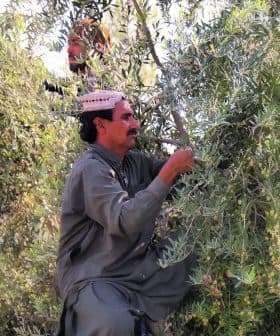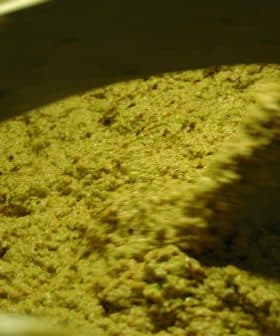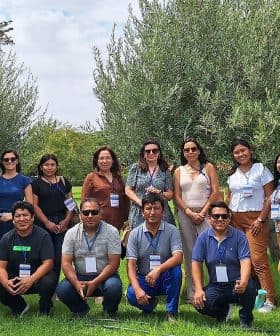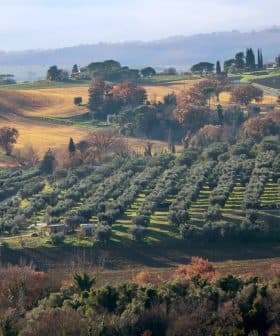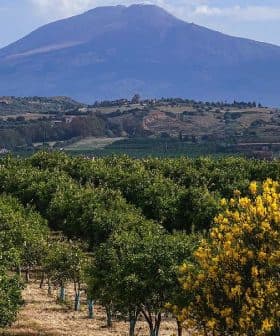 5.6K reads
5.6K readsProduction
Celebrating the Fruit of An Ancient Tree in Montenegro
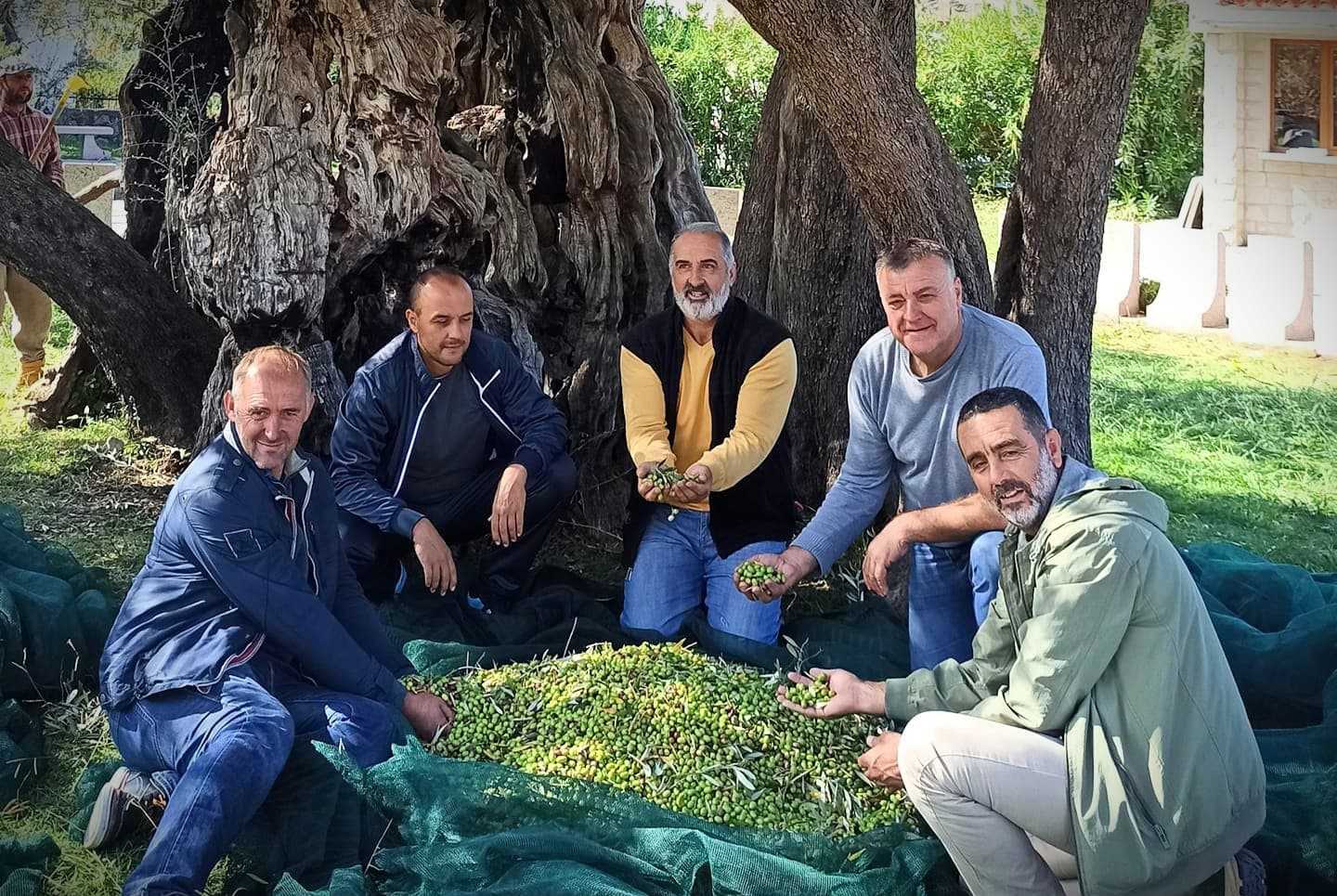
The Old Olive Tree in southern Montenegro, which is claimed to be the oldest in Europe and the third-oldest in the world, continues to bear fruit at 2,245 years old. The tree produced 101 kilograms of olives in 2021, highlighting the importance of timely harvesting and the quality of olive oil production in the region.
The adage that age is only a number is more appropriate for an olive tree than for humans.
The olive tree lives and bears fruit incomparably longer than people, and nowhere is this more apparent than at the Old Olive Tree in southern Montenegro.
This gift and the prince’s interest in Montenegrin olive oil provides added value for producers and is another beautiful story that will encourage the oil’s sale at much higher prices.
“She just turned 2,245 years old,” said Ćazim Alković, president of the Bar Olive Growers Association. Along with its focus on olive cultivation and oil production, the association takes special care of what they claim is the oldest olive tree in Europe and the third-oldest in the world.
See Also:Millenary TreesDespite its age, the tree continues to produce fruit and 2021 was no exception. “We have just harvested 101 kilograms,” said Alković, who could not hide his satisfaction.
He added this year’s yield promotes the importance of timely harvesting and the olive-growing tradition of the local Porum region, in which Bar is located.
Alković was not the only person celebrating this year’s yield either.
Aleksandar Stijović, Montenegro’s Minister of Agriculture, Forestry and Water Management, joined local olive growers and officials – including Mayor Dušan Raičević and the Milena Božović, president of the municipal assembly – to celebrate the continued fruitfulness of the tree.
“Without timely harvesting and processing, there is no quality oil,” Stijović said. “We must forever abandon bad habits such as collecting overripe and fallen fruits from the ground.”
Along with celebrating the harvest, the minister took his opportunity with the growers and local officials to emphasize the importance of olive oil quality.
There is still a problem among consumers and producers in Montenegro in recognizing the smell and taste of extra virgin olive oil.
“It must meet the basic criteria of fruitiness, bitterness and spiciness,” said Stijović, who also emphasized the cultural significance of the Old Olive Tree in Mirovica, which he added gave birth to love and reconciled peoples.
Despite more favorable weather for the 2020 olive harvest, the Old Olive Tree produced substantially more olives this year. In 2020, farmers harvested 86 kilograms of fruit, obtaining almost six kilograms of oil in the process.
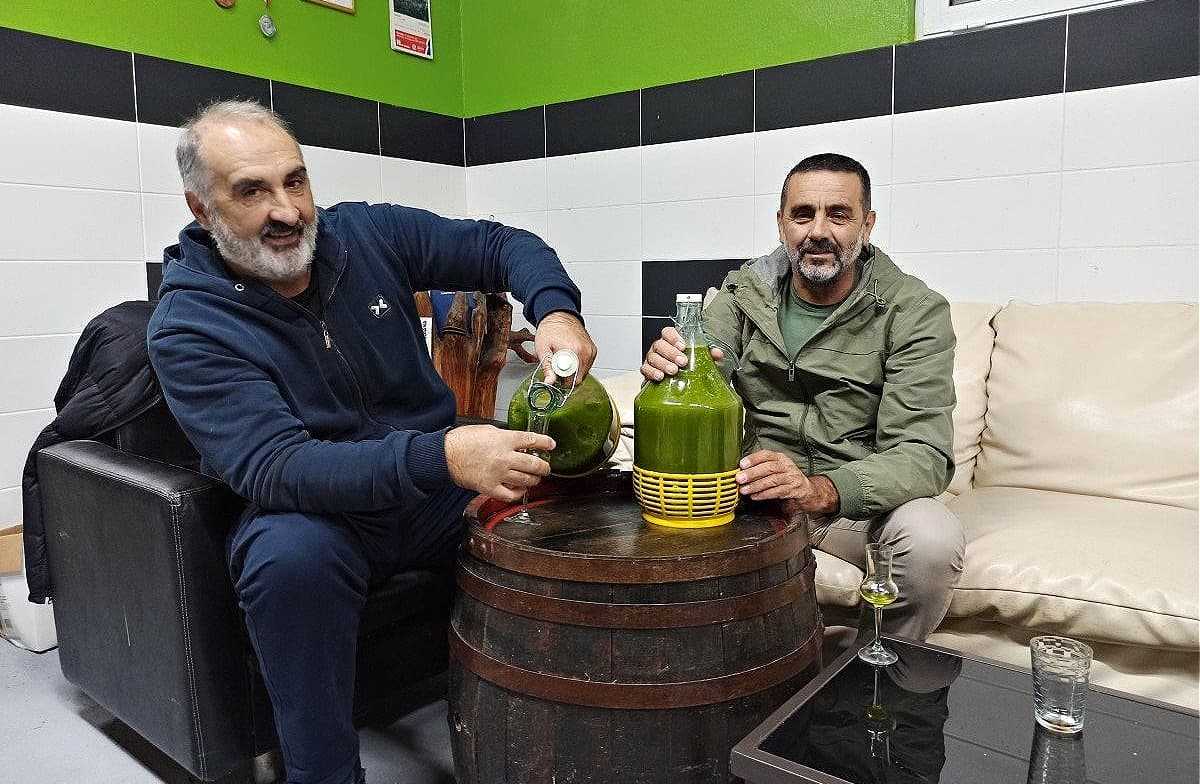
Olive oil produced from millenary trees in Montenegro
“Last year, we did not harvest the entire olive tree, but left one large branch, to record an article about the harvest for National Geographic, so this year the amount is higher,” Alković said.
“But that branch, on which we then left fruit for a long time, did not bear fruit at all this year,” he added. “This is a confirmation of our efforts to harvest the fruits as early as possible when they are mature so that the tree is free and ‘ready’ to bear fruit next year as well.”
As part of their celebration of the tree’s vitality, the Bar Olive Growers Association said some of the oil from this year’s harvest will be available for locals to taste. The rest will be packed in small bottles and boxes.
However, the oil is not available for purchase and will instead be used by the Bar Olive Growers Association to help promote the region and country.
“It is not divided, and it cannot be bought,” Alković said. “There is no price, and we will use it for promotional purposes of Bar and Montenegrin olive growing.”
Unlike many of the country’s commercial olive oils – data from the International Olive Council show that Montenegro produced about 500 tons of olive oil in the previous crop year – the Old Olive Tree’s oil will be specially packaged and labeled in stylish glass bottles.
Alković said the packaging is designed to promote oils from millenary olive trees. Oils obtained from trees older than 2,000 years receive a gold label, and oils from trees older than 1,000 years receive a silver label. Each bottle is contained in a separate wooden box crafted from dried olive wood.
He added that the association sells many of these millenary oils for high prices at special auctions and directly to exclusive restaurants and hotels.
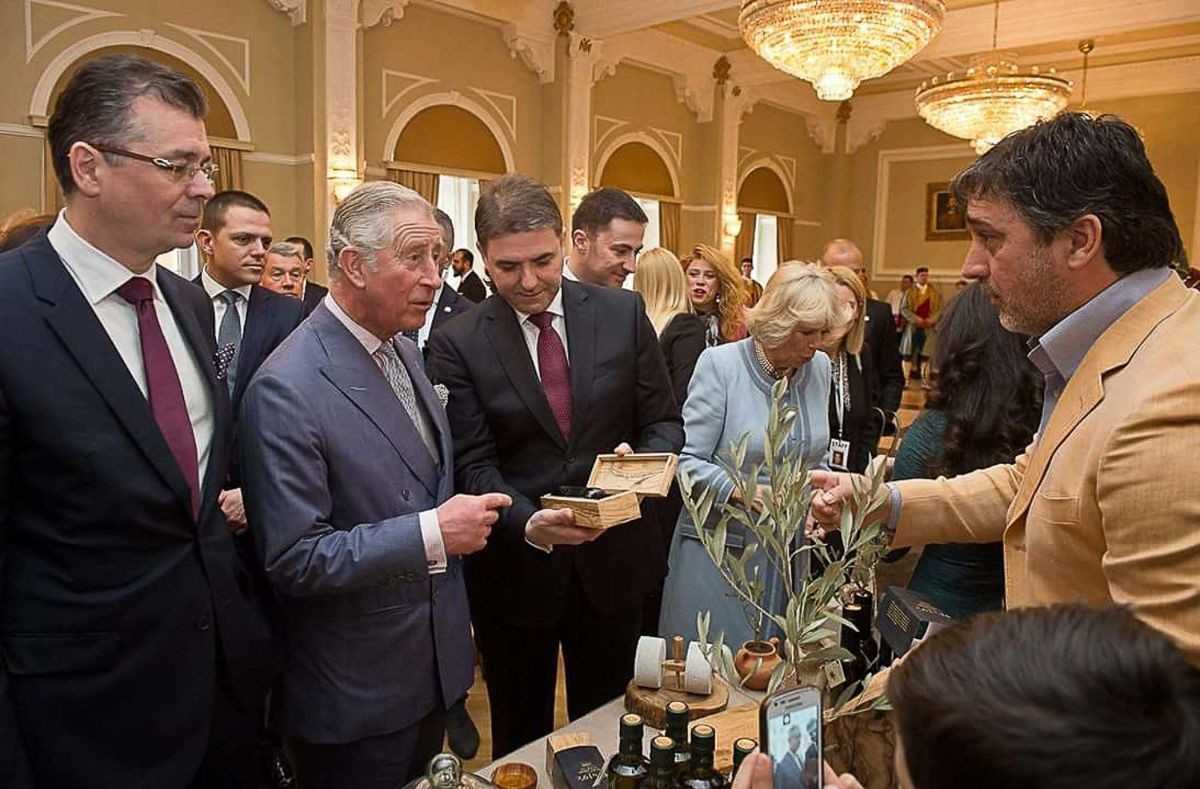
Prince Charles received millenary olive oil on a visit to Montenegro.
However, oils from the Old Olive Tree are destined for an even more select audience. One bottle was given to Prince Charles, the next in line for the British throne.
“This gift and the prince’s interest in Montenegrin olive oil provides added value for producers and is another beautiful story that will encourage the oil’s sale at much higher prices,” Alković said.
The association also plans to send a sample of oil from this year’s harvest to the 2022 NYIOOC World Olive Oil Competition to compete with thousands of other samples.
The costs of participation in relation to the additional affirmation of Montenegrin olive growing are negligible, Alković said and would serve as a nod to the Montenegrin diaspora in the United States, many of whom have their “olive roots” in Bar.
According to research from Istanbul University’s wood anatomy and tree ring research lab, there are 26 trees between the age of 500 and 1,000 years in Bar and Ulcinj, which sits a few kilometers south of Bar.
There are an additional six trees between the age of 1,000 and 2,000 years in the region and two trees older than 2,000 years – the Old Olive Tree and another privately-owned tree aged 2,071 years.
To promote this vast trove of millenary olive trees, informational boards have been posted next to each one.
A website has also been published, showing the location of each of the trees and offering events such as olive hiking tours, which pass by several of the trees and cultural and historical monuments.



